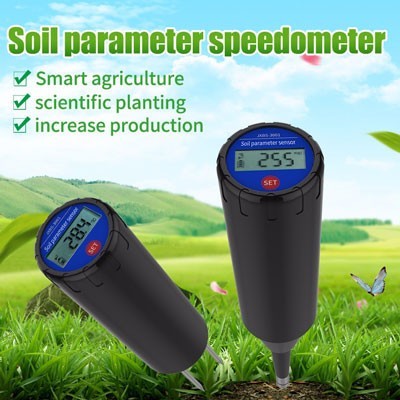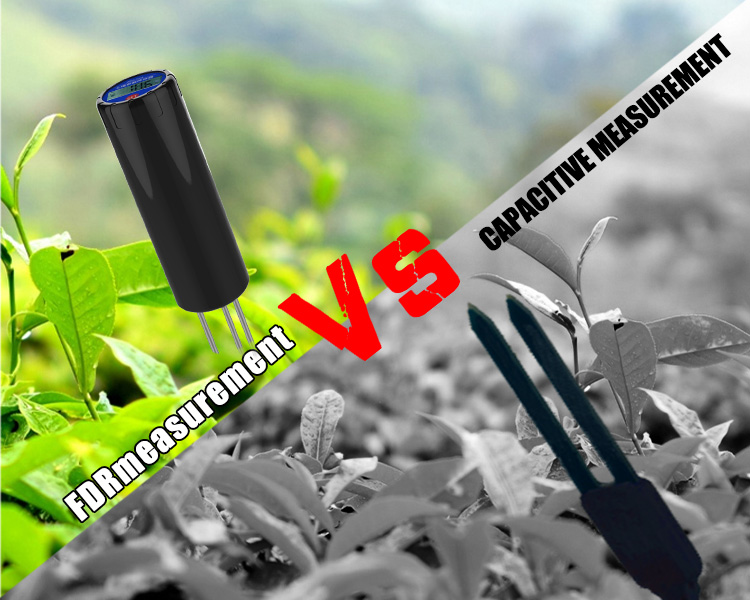Precision agriculture is transforming the way farmers approach crop production, enabling them to make data-driven decisions on everything from fertilization and irrigation to pest management and harvesting. At the heart of this transformation are soil sensors, which play a critical role in collecting and analyzing real-time data on soil conditions and other environmental factors.
Soil sensors are designed to measure various parameters in the soil, including moisture, temperature, pH levels, and nutrient content. By placing sensors at strategic locations throughout a farm or field, farmers can collect accurate data on the conditions that affect crop growth and yield.

One of the most important benefits of soil sensors in precision agriculture is their ability to optimize water usage. Water is a precious resource in agriculture, and inefficient irrigation practices can lead to significant waste and environmental damage. Soil sensors can provide farmers with real-time data on soil moisture levels, allowing them to apply water only where and when it is needed.
In addition to optimizing water usage, soil sensors can help farmers tailor their fertilizer applications to specific crop needs. By monitoring the nutrient content of the soil, farmers can adjust their fertilization practices to prevent waste and maintain optimal soil health.
Soil sensors can also be used to detect and manage pests and diseases, another critical factor in crop production. By collecting real-time data on soil conditions and other environmental factors, farmers can identify potential disease or pest outbreaks early, allowing them to take action before significant damage is done.
Precision agriculture systems that incorporate soil sensors can also improve overall

efficiency and reduce labor costs. By automating data collection and analysis, farmers can make informed decisions quickly and accurately, without requiring manual labor.
Another benefit of soil sensors in precision agriculture is their environmental impact. By reducing water waste and limiting the use of pesticides and fertilizers, farmers can reduce their carbon footprint and contribute to a more sustainable agriculture industry.
Despite the many benefits of soil sensors in precision agriculture, there are also some challenges that must be overcome. One of the primary challenges is the cost of implementing soil sensor systems, which can be relatively high for small and mid-sized farms. In addition, there is a need for standardized data formats and communication protocols to enable interoperability between different soil sensor systems.
Another challenge is the need for education and training on how to implement and utilize soil sensor systems effectively. Soil sensors require a level of technical expertise to manage properly, and farmers need to be trained on how to interpret data and make informed decisions based on that data.
In conclusion, soil sensors are essential to the growing field of precision agriculture, enabling farmers to optimize water usage, fertilization practices, pest management, and overall efficiency. As technology continues to advance and costs come down, soil sensors will become increasingly accessible and more commonly used in agricultural practices. By combining the power of soil sensors with other technologies like big data analytics and machine learning, farmers can achieve higher crop yields, reduced waste, and a more sustainable agriculture industry.







